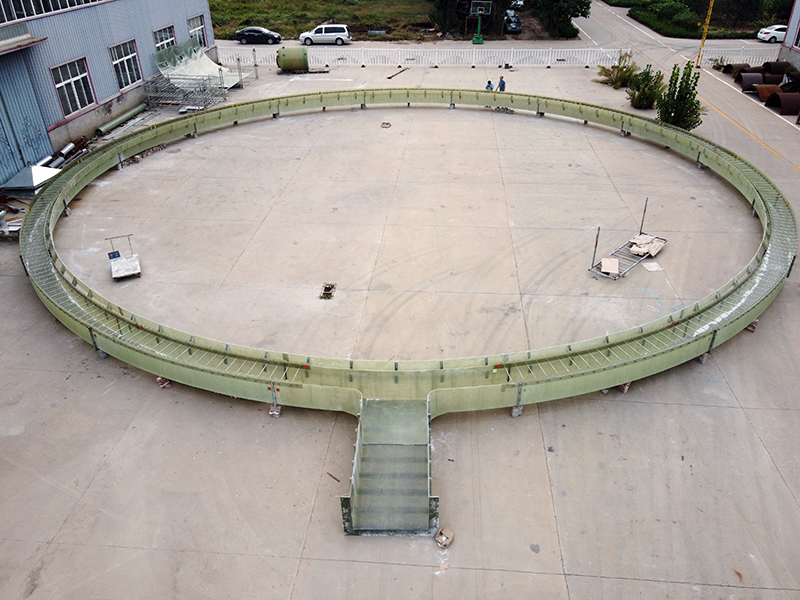
-
 Afrikaans
Afrikaans -
 Albanian
Albanian -
 Amharic
Amharic -
 Arabic
Arabic -
 Armenian
Armenian -
 Azerbaijani
Azerbaijani -
 Basque
Basque -
 Belarusian
Belarusian -
 Bengali
Bengali -
 Bosnian
Bosnian -
 Bulgarian
Bulgarian -
 Catalan
Catalan -
 Cebuano
Cebuano -
 China
China -
 China (Taiwan)
China (Taiwan) -
 Corsican
Corsican -
 Croatian
Croatian -
 Czech
Czech -
 Danish
Danish -
 Dutch
Dutch -
 English
English -
 Esperanto
Esperanto -
 Estonian
Estonian -
 Finnish
Finnish -
 French
French -
 Frisian
Frisian -
 Galician
Galician -
 Georgian
Georgian -
 German
German -
 Greek
Greek -
 Gujarati
Gujarati -
 Haitian Creole
Haitian Creole -
 hausa
hausa -
 hawaiian
hawaiian -
 Hebrew
Hebrew -
 Hindi
Hindi -
 Miao
Miao -
 Hungarian
Hungarian -
 Icelandic
Icelandic -
 igbo
igbo -
 Indonesian
Indonesian -
 irish
irish -
 Italian
Italian -
 Japanese
Japanese -
 Javanese
Javanese -
 Kannada
Kannada -
 kazakh
kazakh -
 Khmer
Khmer -
 Rwandese
Rwandese -
 Korean
Korean -
 Kurdish
Kurdish -
 Kyrgyz
Kyrgyz -
 Lao
Lao -
 Latin
Latin -
 Latvian
Latvian -
 Lithuanian
Lithuanian -
 Luxembourgish
Luxembourgish -
 Macedonian
Macedonian -
 Malgashi
Malgashi -
 Malay
Malay -
 Malayalam
Malayalam -
 Maltese
Maltese -
 Maori
Maori -
 Marathi
Marathi -
 Mongolian
Mongolian -
 Myanmar
Myanmar -
 Nepali
Nepali -
 Norwegian
Norwegian -
 Norwegian
Norwegian -
 Occitan
Occitan -
 Pashto
Pashto -
 Persian
Persian -
 Polish
Polish -
 Portuguese
Portuguese -
 Punjabi
Punjabi -
 Romanian
Romanian -
 Russian
Russian -
 Samoan
Samoan -
 Scottish Gaelic
Scottish Gaelic -
 Serbian
Serbian -
 Sesotho
Sesotho -
 Shona
Shona -
 Sindhi
Sindhi -
 Sinhala
Sinhala -
 Slovak
Slovak -
 Slovenian
Slovenian -
 Somali
Somali -
 Spanish
Spanish -
 Sundanese
Sundanese -
 Swahili
Swahili -
 Swedish
Swedish -
 Tagalog
Tagalog -
 Tajik
Tajik -
 Tamil
Tamil -
 Tatar
Tatar -
 Telugu
Telugu -
 Thai
Thai -
 Turkish
Turkish -
 Turkmen
Turkmen -
 Ukrainian
Ukrainian -
 Urdu
Urdu -
 Uighur
Uighur -
 Uzbek
Uzbek -
 Vietnamese
Vietnamese -
 Welsh
Welsh -
 Bantu
Bantu -
 Yiddish
Yiddish -
 Yoruba
Yoruba -
 Zulu
Zulu
Customized FRP Fittings for Enhanced Performance and Versatility in Various Applications
Exploring Customized Fittings in FRP A Comprehensive Overview
Fiberglass Reinforced Plastics (FRP) have emerged as a leading material in various industries due to their impressive strength-to-weight ratio, corrosion resistance, and versatility. Among the many applications of FRP, one crucial aspect that has gained significance is the use of customized fittings. These bespoke components are essential in ensuring that FRP systems meet the specific demands of diverse projects, thereby enhancing performance and durability.
Understanding FRP Customized Fittings
FRP fittings are integral components used in piping systems, construction, and manufacturing processes. Standard fittings may work for generic applications, but customized fittings allow engineers and designers to meet the unique specifications of each project. This customization can involve modifications in shape, size, material properties, and wear resistance, which are critical factors depending on the environment and usage.
One of the main advantages of customized FRP fittings is their ability to be tailored precisely to the demands of the system. For example, in corrosive environments, fittings can be designed with enhanced chemical resistance to prolong the life of the installation. Similarly, in high-stress applications, customized fittings can be engineered to withstand greater load and pressure, ensuring safety and reliability.
Advantages of Customized FRP Fittings
1. Precision Engineering Customized fittings allow for precise engineering that meets the exact requirements of a project. This precision minimizes the risks associated with mismatched components that could lead to system failures.
2. Increased Efficiency By designing FRP fittings specifically for a given application, companies can optimize their systems for better flow rates, reduced energy consumption, and overall enhanced operational efficiency.
3. Cost-Effectiveness Although the initial investment in customized fittings may be higher than standard options, the long-term benefits often outweigh these costs. Reduced maintenance needs and a lower likelihood of failure can lead to significant savings over time.
4. Improved Performance Customized fittings can significantly improve the performance of FRP systems. Their design can enhance structural integrity, increase durability, and extend service life, making them a smart choice for critical applications.
frp customized fittings

5. Versatility in Application The versatility of FRP makes it suitable for numerous environments such as chemical processing, wastewater management, and construction. Customized fittings adapt to these varying conditions, which standard fittings may not accommodate effectively.
Designing Customized Fittings
The process of custom fitting design typically involves several key steps
1. Assessment of Requirements Understanding the specific needs of a project is paramount. Conditions such as temperature, pressure, corrosive elements, and mechanical stress must be evaluated.
2. Material Selection The choice of materials can greatly influence the performance of FRP fittings. Different resins and reinforcement fibers can be used to achieve the desired properties.
3. Prototype Development Once the design is finalized, prototypes are developed to test the functionality and fit of the fittings in real-world conditions. This stage is crucial for identifying any potential issues before full-scale production.
4. Testing and Validation Comprehensive testing ensures that the customized fittings will perform as intended. This testing phase is essential for adhering to safety standards and regulatory requirements.
5. Production and Implementation After successful testing, the fittings can go into production, with careful monitoring to maintain quality control throughout the manufacturing process.
Conclusion
As industries continue to evolve and advance, the demand for customized solutions within the realm of FRP is only set to grow. Customized fittings not only provide engineers and project managers with the tools they need to create more efficient and resilient systems but also offer substantial long-term economic benefits. By investing in these tailored solutions, companies can ensure their projects meet the highest standards of safety and performance, ultimately leading to greater customer satisfaction and success in their respective fields. The future of FRP technology is bright, with customized fittings playing a pivotal role in shaping efficient and effective industrial applications.









